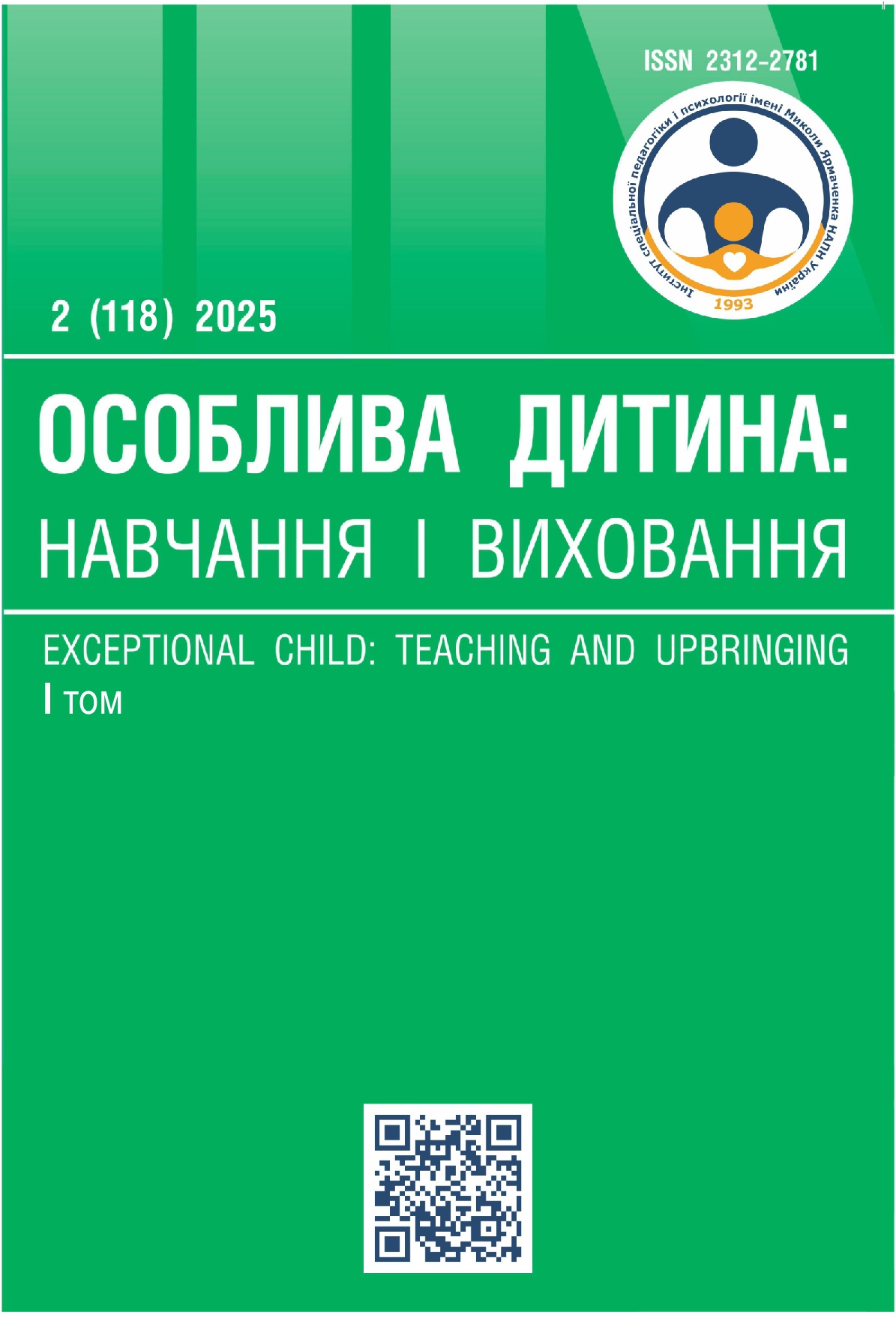PROSPECTS FOR THE APPLICATION OF NEURAL NETWORK TECHNOLOGIES IN THE DIAGNOSIS AND CORRECTION OF DYSGRAPHIA IN YOUNG SCHOOL-AGE CHILDREN: A REVIEW OF STUDIES
Abstract
Dysgraphia in early school-age children is a common disorder that complicates the process of acquiring writing skills and requires timely diagnosis and effective correction. Traditional methods of identifying and addressing dysgraphia involve direct analysis of written works by specialists, which is a resource-intensive process and depends on the qualifications of the professional. The use of neural network technologies opens new opportunities for the automation of dysgraphia diagnostics, potentially improving the accuracy of assessing writing skills.
An analysis of scientific sources confirmed that deep learning methods demonstrate high efficiency in detecting dysgraphic errors. Machine learning algorithms enable automatic detection and classification of typical writing errors in children, contributing to the improvement of dysgraphia diagnosis and making it more objective. However, the effectiveness of artificial intelligence in dysgraphia correction remains insufficiently studied. Existing models are mainly focused on automated error correction but do not take into account the individual needs of students in the writing learning process.
Another challenge is the adaptation of algorithms to multilingual environments. Most models have been developed for English-language texts, which may complicate their integration into educational systems in other countries. Additionally, the ethical use of Artificial Intelligence in special education remains an open issue, particularly concerning data privacy and the risks associated with excessive automation of the correction process.
A promising research direction is the development of integrated platforms that combine automated diagnostics with adaptive corrective exercises. Further empirical studies are needed to assess the effectiveness of neural network models in dysgraphia correction and their adaptation to different linguistic systems.
References
Особлива дитина: навчання і виховання. №2(118). 2025. с.301-313


